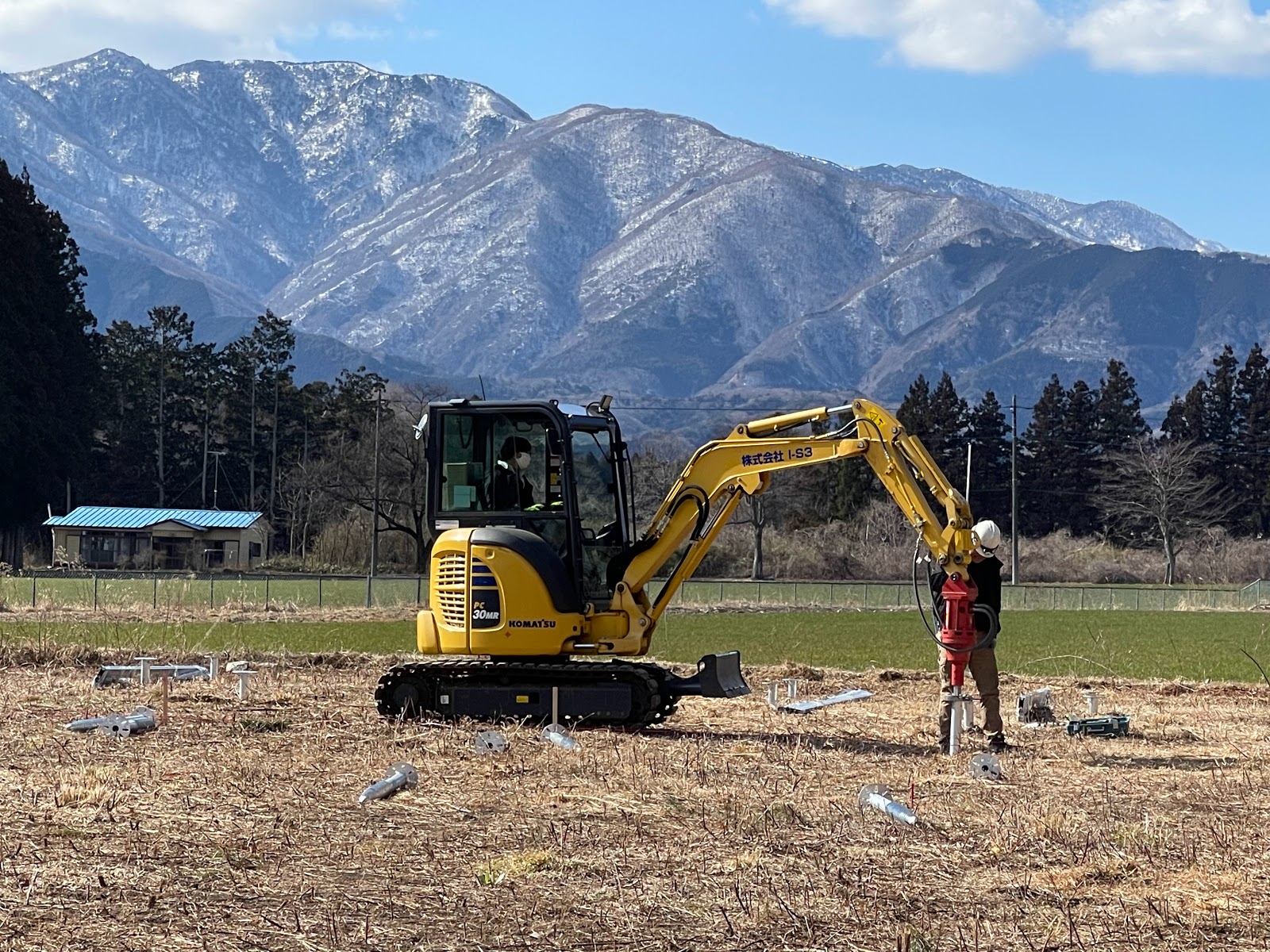In the early days of the PV industry, we had been using big central inverters covering the range of 100kWp-1MWp. Due to the smaller number of inverter installation, we could save the cost of labor and cabling. It was a cost efficient option to use such big inverters.
However, such central inverters are not major PV inverters any more. Thanks to the cost reduction and a bunch of technical solutions, we can install small distributed inverter within the competitive cost. Honestly speaking, we have no way other than concluding that small distributed inverters are superior than ancient central inverters in almost all aspects if the cost is acceptable.
I can show you 4 advantages of the system using small distributed inverters in comparison with the system using only 1 or a few big central inverters.
Minimize the risk of inverter trouble
The first is that we can minimize the risk of inverter troubles. If we have only one inverter in an entire plant, it may cause the system halt of the entire plant. It is quite serious for almost all system owners if he/she used external finance. On the other hand, we can easily replace small inverters without taking long periods of inspection and repair. Even in the short period of inverter replacements, we can keep the PV plant running with other inverters. The cost of such replacements is orders of magnitude smaller than that of central inverters.
Reduction of maintenance cost
The business model of central inverters are designed including replacement of expensive consumable components such as air-conditioner/fan, inverter unit, condenser, etc. Therefore, user have to pay expensive maintenance fee or expensive repair cost. However, we can compress such costs by small distributed inverters, because we can simply replace faulty inverters without taking time.
Improvement of the power generation
PV inverters have mainly two major functions. One is to find the optimal point of DC voltage and current to get maximum power in specific moments. We call this function as Maximum Power Point Tracking(MPPT). And the other is AC/DC conversion. In many cases, central inverter has only 1 or a few MTTP per device. On the other hand, small inverters are taking care of only a small part of the system, the number of the MPPT will be larger in a distributed system as a result. In the PV system using optimizers such as SolarEdge, we have MPPTs as much as the number of PV panels for example.
In the system of fewer MPPTs, each MPPT has to take care of many PV panels with different conditions, in such case optimal condition of such group of panels are not always optimal for each PV panel. This kind of mismatch will always cause the reduction of output power. The potential cause of such mismatch is typically by the partial shading by any kinds of objects such as trees and dirt. However, such mismatch is not only caused by such objects, but also caused by the ununiform nature of the degradation of each PV panel. Therefore the difference of power generation of central and distributed inverters will be bigger and bigger over time. It is the unavoidable intrinsic nature of central inverters.
Reuse of the PV panel
Since distributed inverters are taking care of a limited area of the plant, it is more flexible to replace PV panels. In older systems, it was difficult to replace old PV panels without suffering the mismatch loss, because it was not practically possible to get same old PV panels when it was broken. This flexibility encourages us to replace PV panels more easily if we recognize some mismatches to be improved. Additionally, if the old panels are not completely destroyed, we can reuse it in other place where the most up to date production ability is not required, such as a standalone system in rural area for instance.











